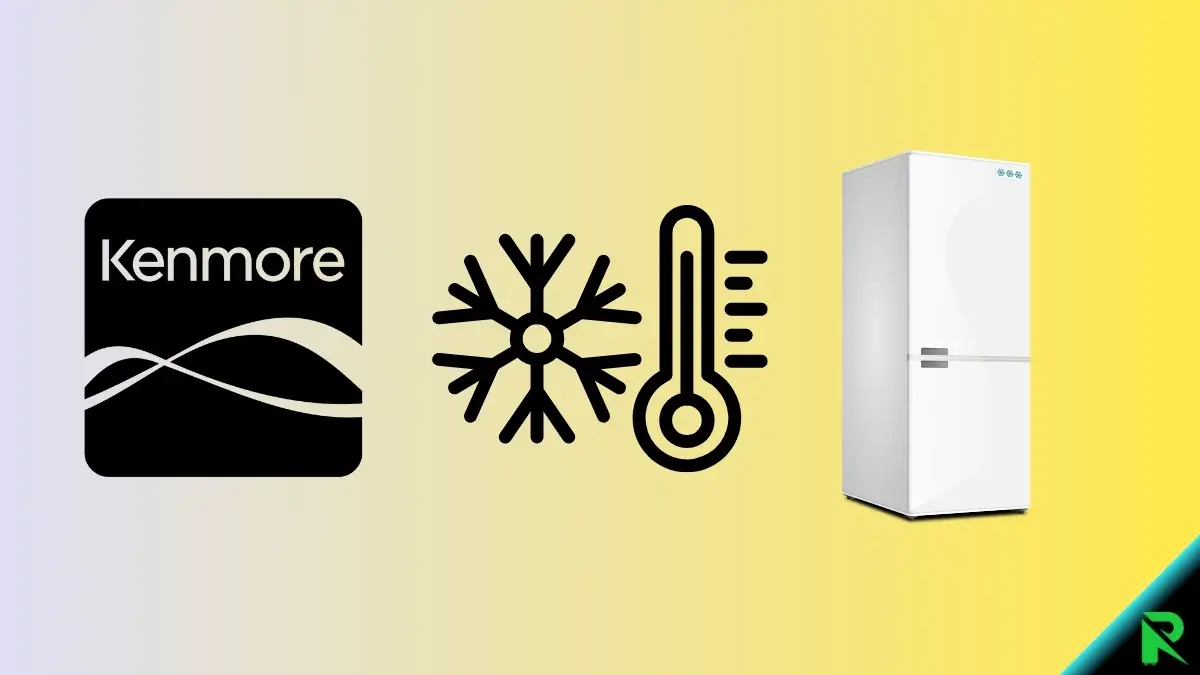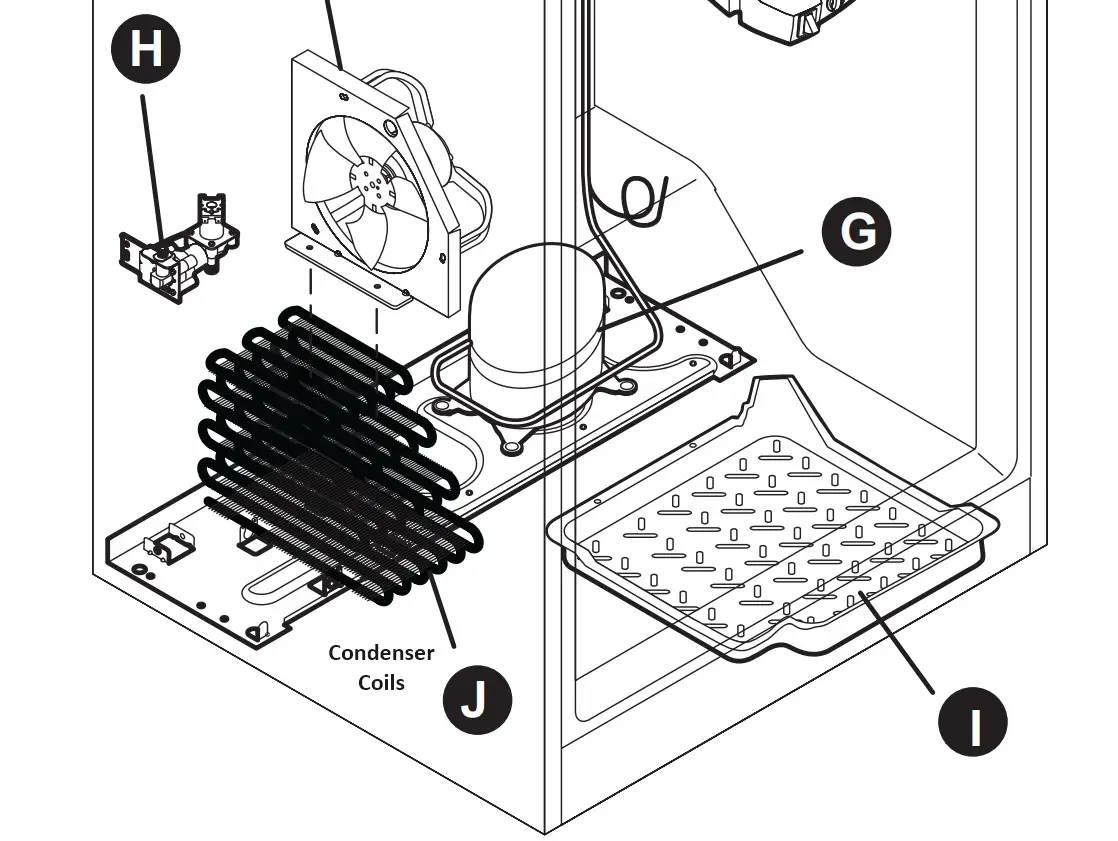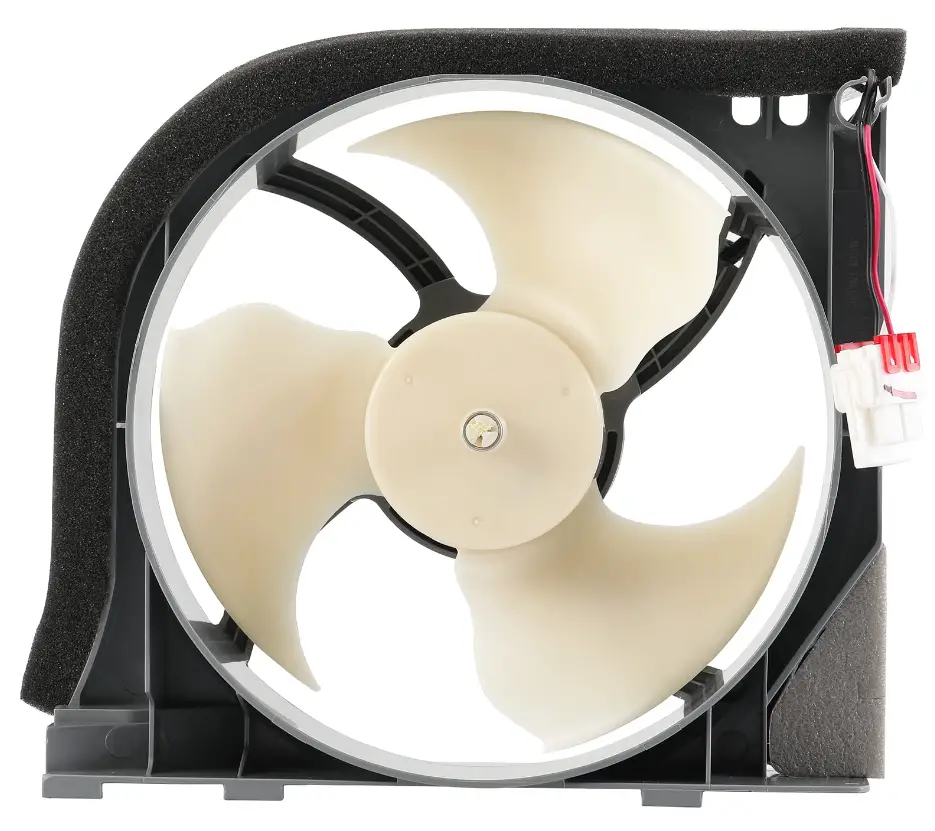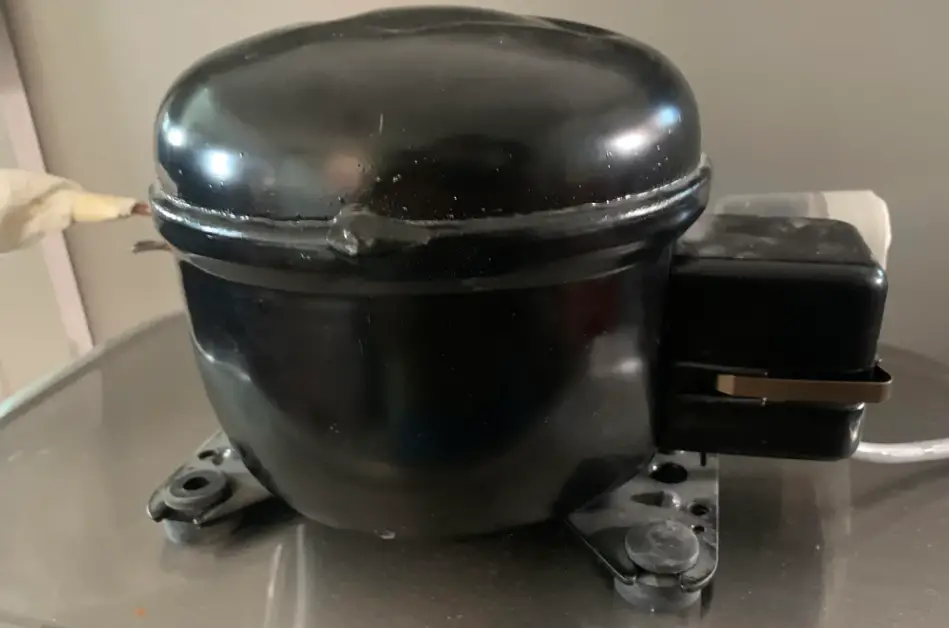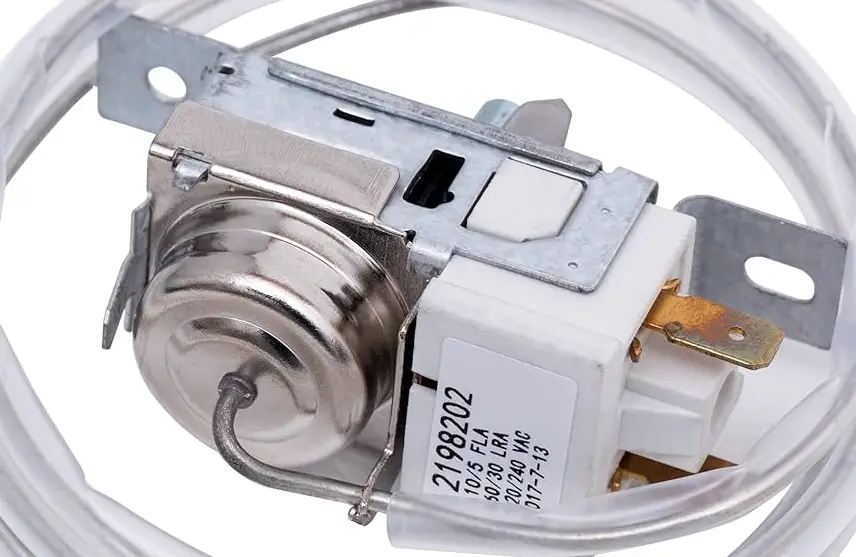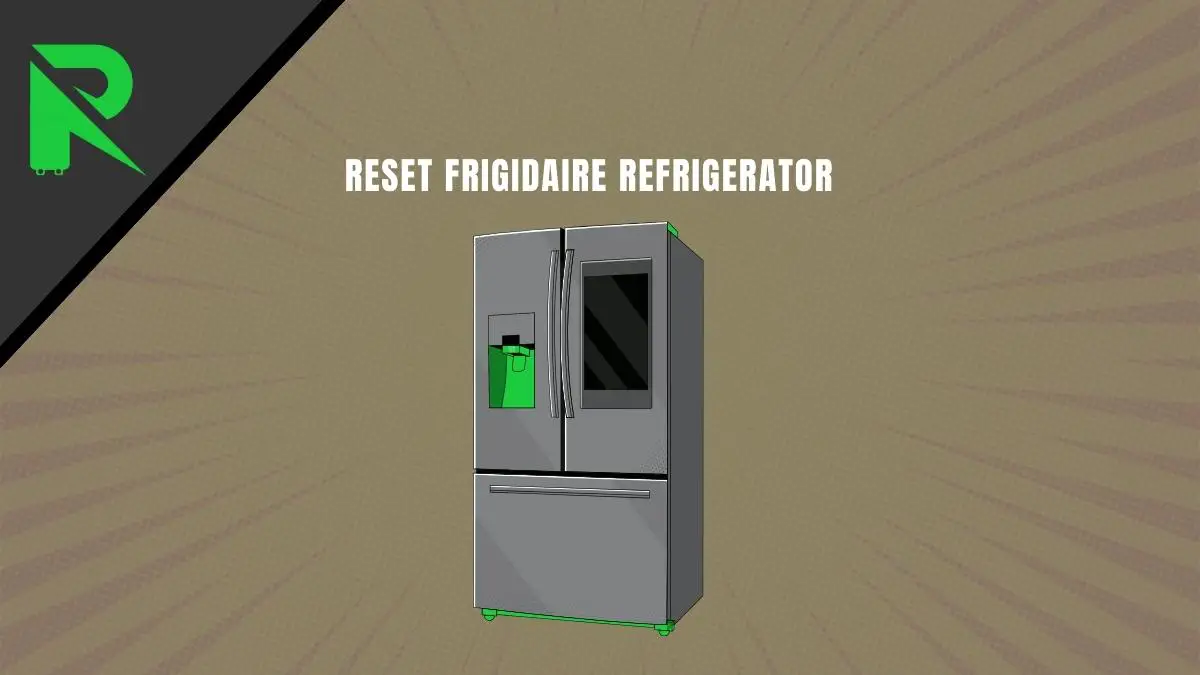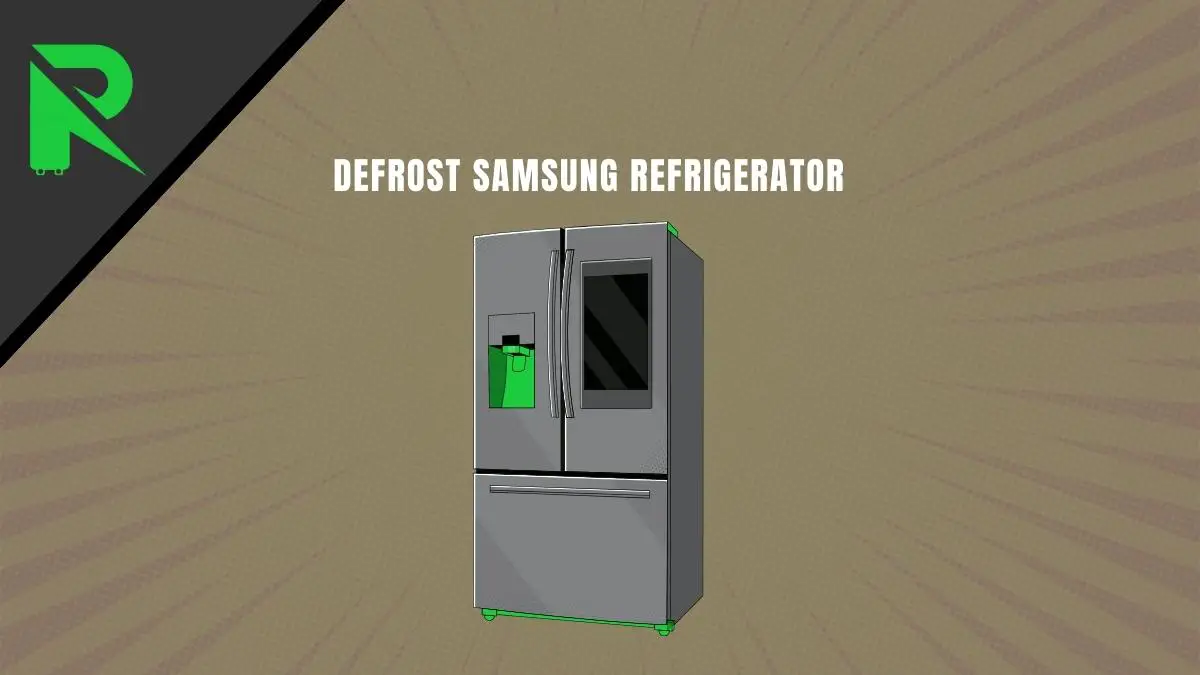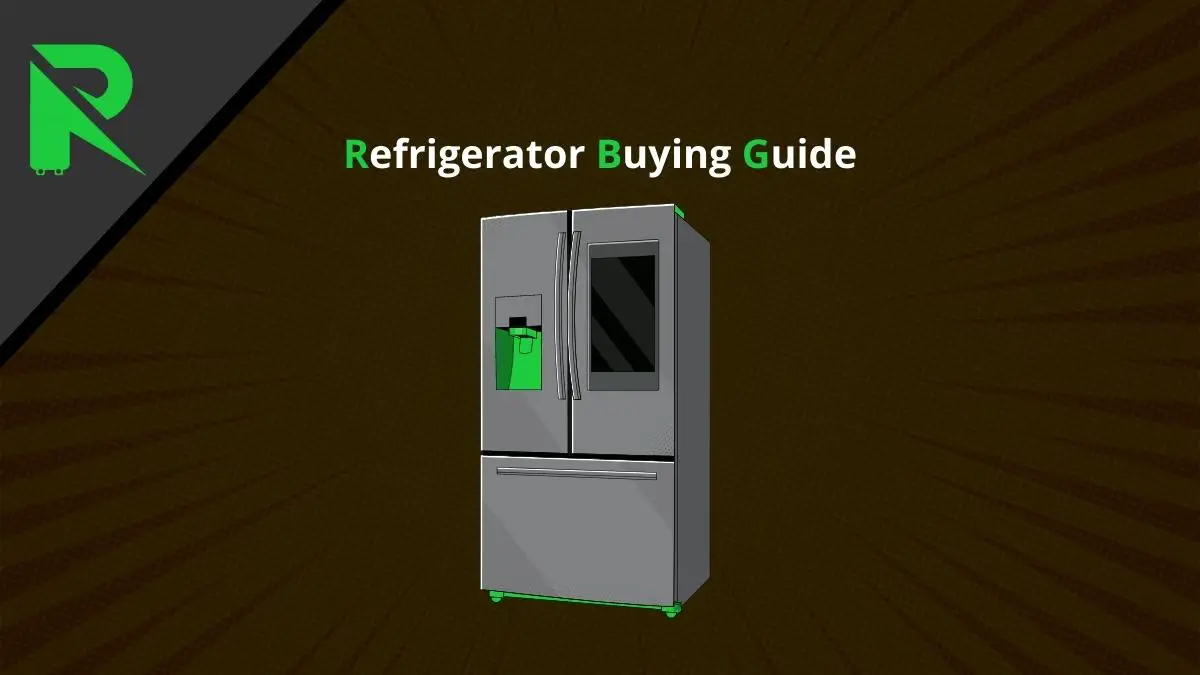A Kenmore refrigerator that’s not cooling can be a major inconvenience, potentially leading to spoiled food and higher energy bills. Before calling a professional, you can take several troubleshooting steps to diagnose and fix the issue yourself. In this article, we’ll walk through the most common causes and solutions for a Kenmore refrigerator that’s stopped cooling effectively.
Quick Summary:
| Potential Causes | Solutions |
|---|---|
| Dirty condenser coils | Clean coils |
| Faulty condenser fan motor | Replace fan motor |
| Defective compressor | Replace compressor |
| Inadequate refrigerant | Recharge refrigerant |
| Thermostat failure | Replace thermostat |
Try resetting your Kenmore refrigerator first. It might fix the issue without needing further troubleshooting.
Kenmore Refrigerator Not Cooling Causes and Solutions:
-
Dirty Condenser Coils:
- Cause: Over time, dust and dirt can accumulate on the condenser coils, reducing their ability to dissipate heat and negatively impacting the refrigerator’s cooling efficiency.
- Solution: Clean the condenser coils thoroughly. Unplug the refrigerator, remove the rear cover or grill, and use a brush and vacuum cleaner to remove any buildup from the coils. Be gentle to avoid damaging the delicate fins.
Expert Tip: Schedule a quarterly cleaning of the condenser coils to ensure optimal performance and energy efficiency.
-
Faulty Condenser Fan Motor:
- Cause: The condenser fan motor is responsible for circulating air over the condenser coils to facilitate heat transfer. If the motor fails, the cooling process will be impaired.
- Solution: Test the condenser fan motor by manually spinning the fan blades. It must be replaced if the fan doesn’t spin freely or makes grinding noises. Unplug the refrigerator, locate the fan motor at the back, and follow the manufacturer’s instructions to replace it.
Expert Opinion: Condenser fan motors are relatively inexpensive and easy to replace. It’s a worthwhile investment to ensure proper cooling and extend the lifespan of your refrigerator.
-
Defective Compressor:
- Cause: The compressor is the heart of the refrigeration system, responsible for circulating refrigerant. If the compressor fails, the entire cooling process will be compromised.
- Solution: Unfortunately, a defective compressor typically requires professional repair or replacement. If the compressor makes unusual noises, such as knocking or grinding, it clearly shows a failing unit.
Expert Advice: Replacing a compressor can be expensive and not cost-effective for older refrigerators. Investing in a new energy-efficient model might be wiser if your Kenmore model is more than 8-10 years old.
-
Inadequate Refrigerant:
- Cause: Refrigerant is the lifeblood of the cooling system. If there’s a leak or insufficient refrigerant, the system’s ability to absorb and transfer heat will be diminished, resulting in poor cooling performance.
- Solution: Recharging the refrigerant should only be attempted by licensed professionals with the proper equipment and expertise. Handling refrigerants without appropriate training and certification can be dangerous and often illegal.
Expert Warning: Never attempt to recharge refrigerant yourself. This task requires specialized knowledge and equipment to ensure safety and compliance with environmental regulations.
-
Thermostat Failure:
- Cause: The thermostat controls the temperature inside the refrigerator and freezer compartments. If the thermostat fails or becomes miscalibrated, it can lead to improper cooling.
- Solution: Test the thermostat by adjusting the temperature settings and monitoring the cooling performance. If adjustments have no effect, the thermostat likely needs to be replaced. Consult your owner’s manual for instructions on accessing and replacing the thermostat.
Expert Tip: When replacing a thermostat, consider upgrading to a digital model for improved temperature control and energy efficiency.
Helpful Tips:
- Ensure proper air circulation around the refrigerator by maintaining adequate clearance from walls and other appliances.
- Keep the refrigerator well-stocked but not overcrowded, as this can impede airflow and reduce the cooling efficiency.
- Minimize door openings to prevent warm air entering and overworking the cooling system.
- Consider hiring a professional for complex repairs or if you’re uncomfortable performing the work yourself.
Credit: @DIYRepairsNow/YouTube
FAQs:
Q: How often should I clean the condenser coils?
A: It’s recommended to clean the condenser coils at least every three to four months or more frequently if you have pets or live in a dusty environment.
Q: Can I use a household vacuum cleaner to clean the coils?
A: Yes, a vacuum cleaner can remove loose debris from the coils, but be sure to use a brush attachment and proceed with caution to avoid damaging the delicate fins.
Q: How long should I expect a Kenmore refrigerator compressor to last?
A: With proper maintenance and usage, a compressor can typically last 8-12 years. However, frequent power outages, overloading, and high ambient temperatures can shorten its lifespan.
Q: My refrigerator is cooling unevenly, with warm spots in some areas. What could be causing this?
A: Uneven cooling can be caused by blocked air vents, a faulty evaporator fan, or a refrigerant leak. Checking for obstructions, cleaning the vents, and having a professional inspecting the evaporator fan and refrigerant levels may resolve the issue.
Conclusion:
Following these troubleshooting steps and solutions, you can often resolve cooling issues with your Kenmore refrigerator without professional assistance. Regular maintenance, such as cleaning the condenser coils and keeping the fridge well-organized, can go a long way in preventing cooling problems and extending the life of your appliance.
One area that deserves special attention is the condenser coils. These coils dissipate heat from the refrigerant; even a thin layer of dust or pet hair can significantly reduce their effectiveness. By establishing a routine of cleaning the coils every three to four months, you can prevent a host of cooling issues and improve the overall lifespan of your refrigerator.
